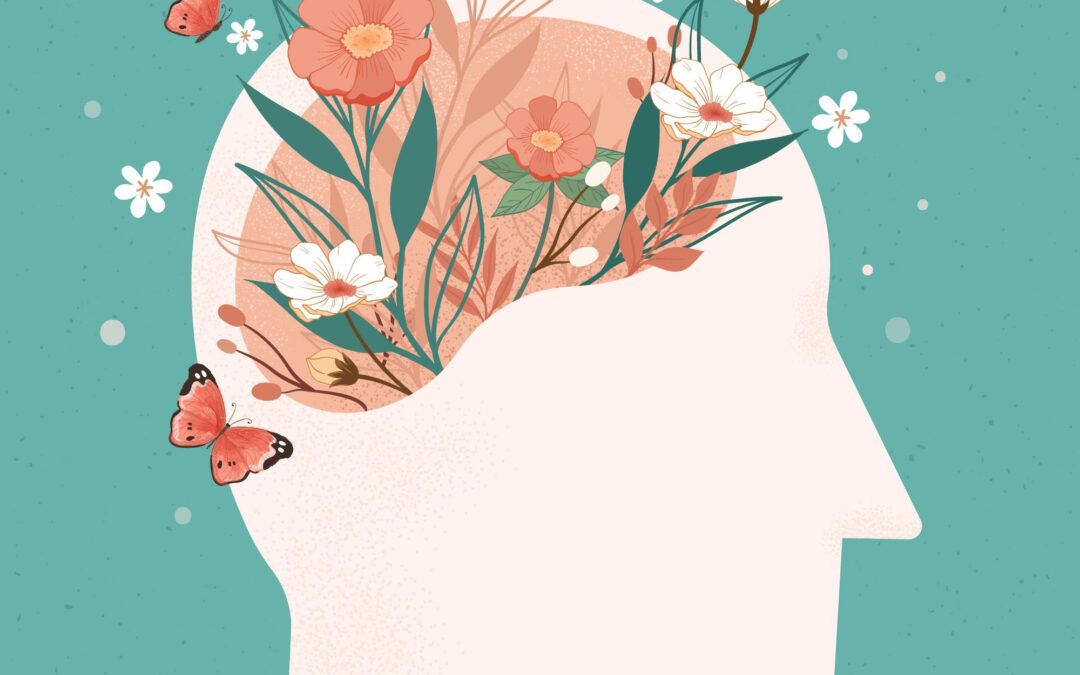Creative blocks can feel frustrating, lonely, and even a little scary, especially when your creative work is part of your identity. But here’s the truth: creative blocks are not a character flaw or a lack of motivation. More often, they’re a sign that your nervous system is overwhelmed, your focus is fractured, or you’re disconnected from what helps you enter a flow state.
We believe creativity is a mind-body experience. Whether you’re a writer, designer, artist, entrepreneur, or all of the above, these seven psychology-based tools can help you reset, recharge, and return to the creative flow that feels natural and energizing.
1. Find the Sweet Spot Between Challenge and Skill
According to Flow Theory developed by psychologist Mihaly Csikszentmihalyi, we’re most likely to experience flow when the task we’re working on is just challenging enough to push us, but not so hard that we freeze or give up.
If the task is too easy, you’ll likely feel bored. Too hard? You’ll feel anxious or stuck. Flow happens when your skills match the challenge at hand.
Try this: Break your work into smaller, engaging tasks. Set a time limit or give yourself a creative constraint — like using only certain colors or words. This trick helps your brain stay focused and immersed in the moment.
2. Regulate Your Nervous System First
If you’re feeling scattered, numb, anxious, or “frozen,” it’s likely that you’re outside your Window of Tolerance — a concept from Dr. Dan Siegel that describes the optimal emotional zone where we feel safe and engaged.
Creative flow doesn’t come from pressure. It comes when your nervous system feels regulated enough to take risks, focus, and play.
Try this: Start your creative session with 2–3 minutes of deep breathing, grounding, or light movement. Activities like body scans, tapping, or even a walk outside can help reset your emotional baseline.
3. Protect Your Focus From Attention Residue
You know that foggy feeling you get after switching from email to Instagram to your creative project and back again? That’s called attention residue, a term coined by researcher Sophie Leroy.
Our brains don’t switch tasks cleanly. When we bounce between things, especially with constant notifications, part of our attention stays behind. This makes it almost impossible to enter deep focus or flow.
Try this: Use the Pomodoro method (25 minutes of work followed by a 5-minute break) and place your phone in another room. Create a dedicated workspace and keep a notepad nearby to jot down unrelated thoughts so they don’t hijack your attention.
4. Use Novelty to Spark Motivation
When you do the same thing in the same way over and over, your brain gets bored. But when you introduce novelty, your brain produces dopamine, which boosts motivation and creativity.
Even small changes in your routine or environment can reignite your inner spark.
Try this: Switch mediums; speak your idea into a voice note instead of writing it. Work in a different room. Add music, scents, or lighting that changes the sensory experience. These small tweaks can help you feel re-engaged with your work.
5. Return Often – Even if You’re Not Inspired
According to the Zeigarnik Effect, our brains tend to remember and want to return to unfinished tasks. This can actually work in your favor when it comes to breaking creative blocks.
Instead of waiting to feel inspired, create a habit of returning to your work frequently, even in imperfect ways. The act of showing up builds flow over time.
Try this: Leave your creative work slightly unfinished on purpose. This creates an open loop in your brain that gently pulls you back to the process later. Progress, not perfection, is the key.
6. Visualize Yourself in Flow
Visualization isn’t just for athletes or performers — it’s also a powerful tool for creatives. Mental rehearsal activates many of the same brain pathways as actually doing the task.
By imagining yourself creating with ease, focus, and presence, you help your brain lower resistance and prepare for the real thing.
Try this: Take a few quiet moments to close your eyes. Picture yourself calmly setting up your space, diving into your project, and entering a state of creative flow. Feel it in your body as if it’s already happening.
7. Redefine What a Block Really Means
Lastly, remember this: a creative block is not the absence of creativity. It’s often a protective response from your nervous system — your body asking for regulation, safety, or rest.
Instead of pushing through with shame or judgment, offer yourself curiosity and compassion.
Try this: Ask yourself: What do I need in this moment — movement, stillness, connection, or a new perspective? Your creativity hasn’t left. It just needs care and space to return.
Creative flow is not something you chase — it’s something you cultivate by working with your brain, body, and environment. These seven practices are rooted in research, but they’re also gentle, human, and flexible. Use them as tools to come back to yourself when things feel stuck.
At Oasis Mind Lab, we support creatives, remote professionals, and purpose-driven entrepreneurs with trauma-aware, psychology-rooted coaching that helps you thrive in work and life.
🌿 Ready to realign your creative process and build a flow-filled routine that actually works for you?
Free Worksheet Flow Reset

